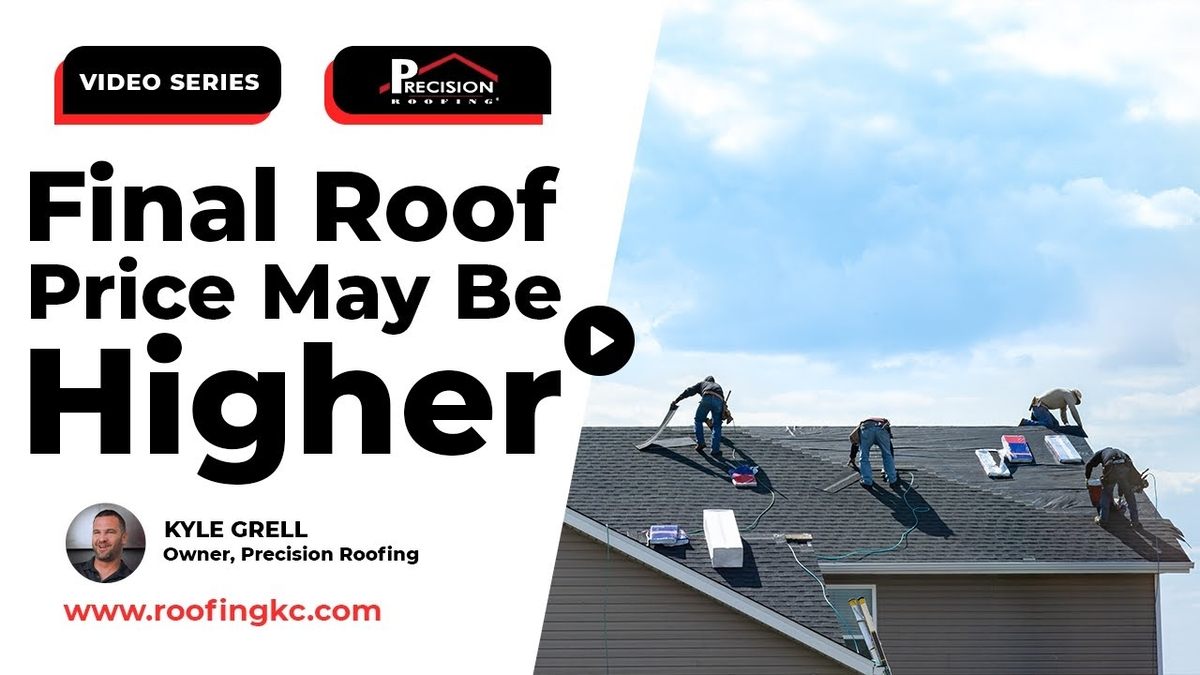Filing an insurance claim after roof damage is a relief for most property owners—it feels like the first step toward getting everything back to normal. But what happens when hidden issues are discovered during the repair process? Rotted decking, unseen moisture damage, or structural concerns often surface after work begins, and these surprises can mean extra costs if they’re not accounted for upfront.
That’s where insurance claim supplements come in. They ensure that all the necessary repairs are covered, so you’re not left footing the bill for something your insurance should handle. Let’s dive into why supplements are crucial and how they protect your investment.
What Is an Insurance Supplement and Why Is It Necessary?
An insurance supplement is an additional claim submitted to your insurance company when unexpected issues are discovered during the roof repair or replacement process. Often, these are problems that could not be identified during the initial inspection, such as hidden rotted decking beneath the shingles.
When we inspect a roof, we take the time to do thorough checks, including walking the roof and even inspecting the attic, to ensure that we identify all potential issues. However, there are some things we simply cannot see until the roof is actually torn off. In these cases, we need to request an insurance supplement to cover the additional repairs.
For example, if we provide an estimate for $12,000 based on our initial inspection but later discover extensive rotted decking that needs replacing, the cost might rise to $14,000. This is where the insurance supplement comes in. We would communicate this discovery to your insurance company, explaining the unforeseen damage and the necessary increase in repair costs. The good news is that this additional cost is typically covered by your insurance, provided that the supplement is properly submitted and justified.
How We Ensure Transparency in Our Estimation Process
One of our core values is transparency. We understand that roofing projects can be expensive and stressful for both homeowners and commercial property owners. The last thing you want is to be blindsided by hidden costs. That’s why we approach each project with a clear, upfront estimation process.
- Detailed Inspections: We start with a thorough inspection of your roof, including an attic inspection if accessible. This allows us to identify as many potential issues as possible before work begins.
- Worst-Case and Best-Case Scenarios: During our estimation process, we outline both worst-case and best-case scenarios. We explain that while we strive to account for everything, there’s always a chance of discovering additional issues once we start the roof replacement.
- Upfront Communication: If any unknown issues arise, such as rotted decking that wasn’t visible during the initial inspection, we communicate this with you immediately. We provide an updated estimate and explain the need for an insurance supplement to cover these new findings.
The Importance of Supplementing Your Roof Damage Insurance Claim
It’s crucial to understand why supplementing your roof damage insurance claim is not just a formality but a necessity. Without proper supplementation, you could end up paying out of pocket for repairs that your insurance should cover.
In our experience, hidden damage is not uncommon, especially with older roofs or roofs that have suffered significant storm damage. By ensuring that your insurance claim is supplemented when necessary, you protect yourself from unexpected financial burdens.
Common Hidden Issues That Require a Supplement
Here are some of the most common hidden issues we encounter that often necessitate a supplement to your roof damage insurance claim:
- Rotted Decking: This is one of the most frequent issues. While the shingles may appear intact, the wood beneath could be severely damaged, requiring replacement.
- Hidden Moisture Damage: Moisture can seep into areas that aren’t immediately visible during an inspection, leading to mold or further deterioration of the roof structure.
- Unseen Structural Damage: Sometimes, the structure supporting the roof may be compromised, which can only be detected once the roof is partially removed.
In Summary
When dealing with roof damage, it’s essential to ensure that all aspects of the damage are addressed, even those that aren’t immediately visible. That’s why your roof damage insurance claim may need to be supplemented. By doing so, you can ensure that your property is fully restored without any unexpected costs falling on your shoulders.
If you’re facing roof damage and need assistance with your insurance claim or have concerns about potential hidden damage, contact us. We’re here to guide you through the process with transparency and professionalism.



